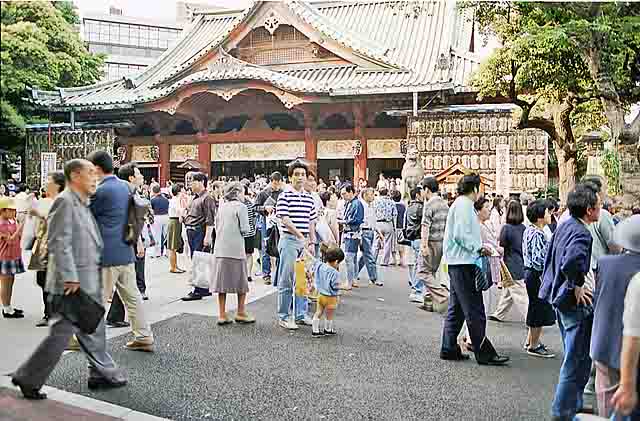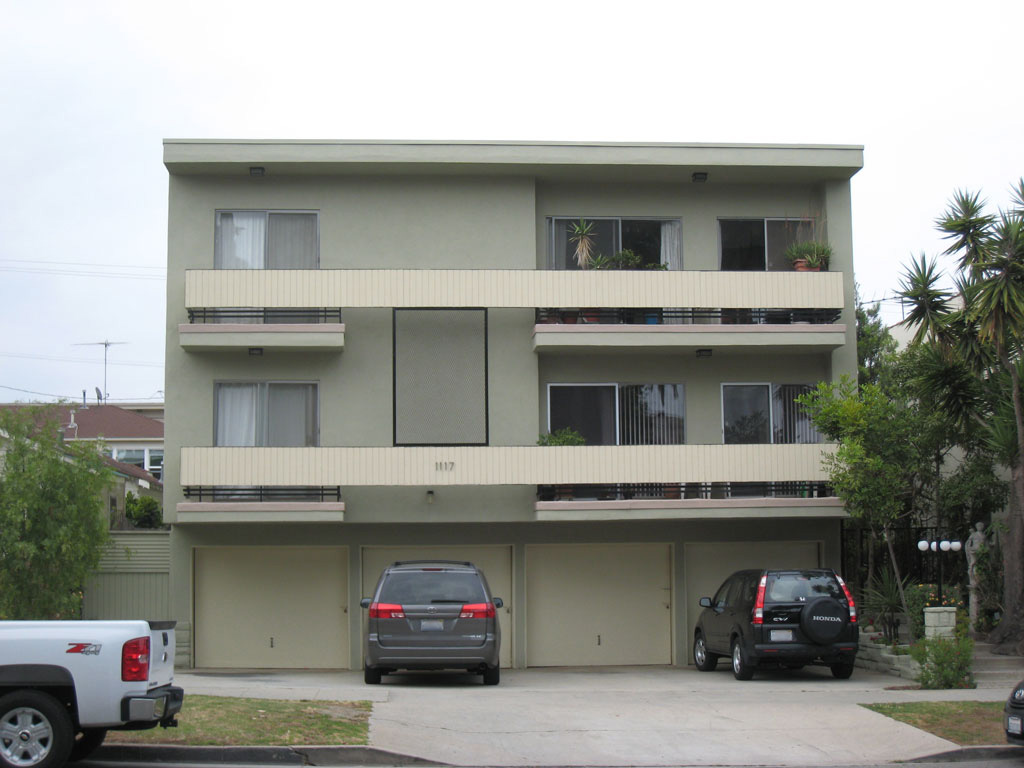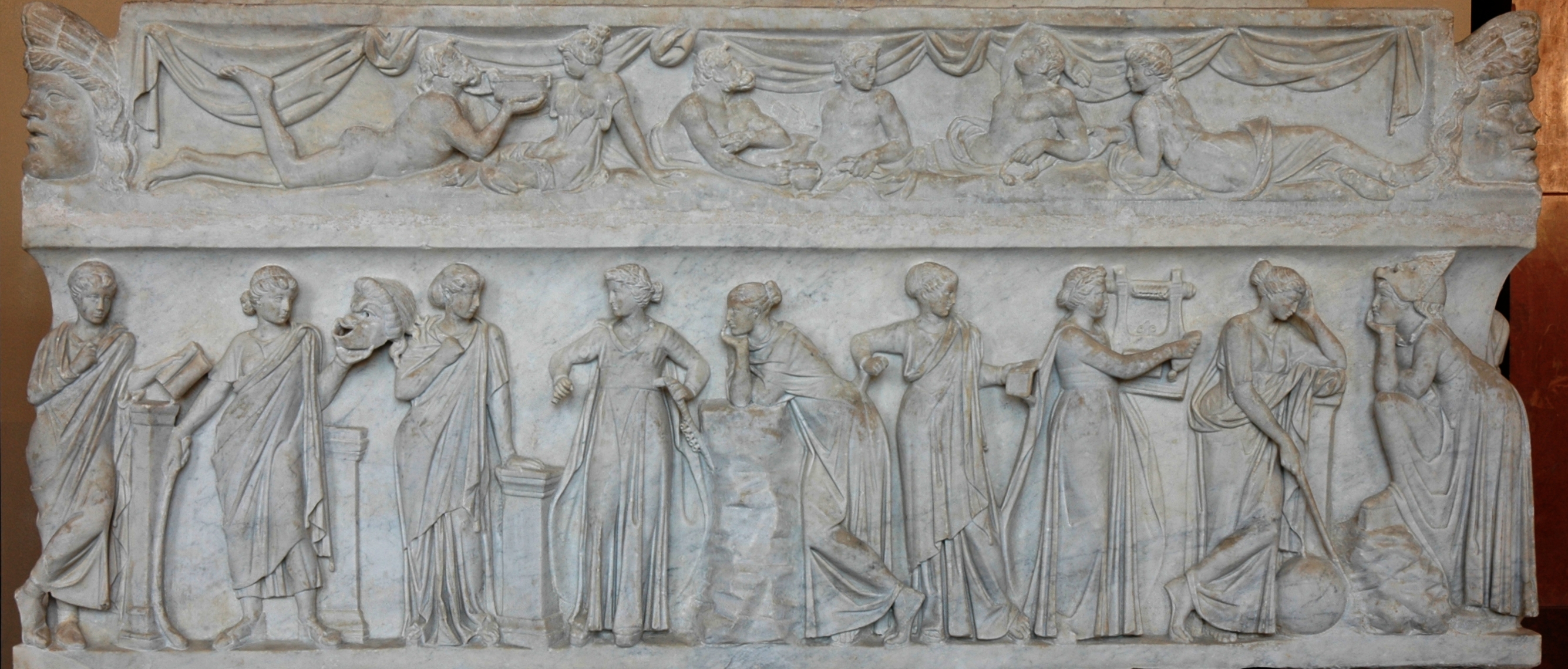|
Casals Hall
is a concert hall in Ochanomizu, Tokyo, Japan. It is named in honour of cellist Pau Casals. The hall opened in 1987 as a venue for chamber music and has a shoebox-style auditorium which seats 511. Arata Isozaki was the architect, with acoustic design by Nagata Acoustics. In 1997, for the tenth anniversary celebrations, a 41 stop organ by Jürgen Ahrend was installed. The hall had originally been owned and sponsored by publishers but economic conditions resulted in the withdrawal of funding in 2000. In 2003 Nihon University acquired the Ochanomizu Square Building, of which the hall forms part, from the company. On 31 March 2010 the university closed the hall. A campaign has been launched to reopen the hall by the Save Casals Hall Committee, with pianist the chair and Marta Casals Istomin, Pablo Casals' widow, an honorary adviser. See also * Pau Casals Pau Casals i Defilló (Catalan: ; 29 December 187622 October 1973), usually known in English by his Castilian Spanis ... [...More Info...] [...Related Items...] OR: [Wikipedia] [Google] [Baidu] |
Kanda, Tokyo
is an area in northeastern Chiyoda, Tokyo, Japan. It encompasses about thirty neighborhoods. Kanda was a ward prior to 1947. When the 35 wards of Tokyo were reorganized into 23, it was merged with Kojimachi to form the modern Chiyoda. Kanda, together with Nihonbashi and Kyobashi, is the core of Shitamachi, the original downtown center of Edo-Tokyo, before the rise of newer secondary centers such as Shinjuku and Shibuya. It is home to the Kanda Myojin (Shinto) shrine, devoted to the ancient rebel Taira no Masakado, who led an uprising against the central government during the Heian period with the aim of establishing himself as "Shinnō" (New Emperor) of an eastern Court. In the Edo period, the shrine's festival was one of the three most famous in the city. It is also home to the "Mausoleum of Confucius at Yushima", a temple dedicated to Confucianism. Kanda is the home of the Tokyo Resurrection Cathedral which was built by Nicholas of Japan and is the main Cathedral of t ... [...More Info...] [...Related Items...] OR: [Wikipedia] [Google] [Baidu] |
Shoebox Style (architecture)
In architecture, shoebox style is a functionalist style of modern architecture characterised by predominantly rectilinear, orthogonal shapes, with regular horizontal rows of windows or glass walls. Dingbat apartments are an undistinguished shoebox style. The puritan and repetitive shoebox style is seen as a way to low-cost construction. Shoebox style concert halls of rectangular shape are also popular, as opposed to the traditional circular amphitheatre, arena or horseshoe A horseshoe is a fabricated product designed to protect a horse hoof from wear. Shoes are attached on the palmar surface (ground side) of the hooves, usually nailed through the insensitive hoof wall that is anatomically akin to the human toen ... shapes. See also * Vineyard style (architecture) References Architectural styles {{arch-style-stub ... [...More Info...] [...Related Items...] OR: [Wikipedia] [Google] [Baidu] |
1987 Establishments In Japan
File:1987 Events Collage.png, From top left, clockwise: The MS Herald of Free Enterprise capsizes after leaving the Port of Zeebrugge in Belgium, killing 193; Northwest Airlines Flight 255 crashes after takeoff from Detroit Metropolitan Airport, killing everyone except a little girl; The King's Cross fire kills 31 people after a fire under an escalator Flashover, flashes-over; The MV Doña Paz sinks after colliding with an oil tanker, drowning almost 4,400 passengers and crew; Typhoon Nina (1987), Typhoon Nina strikes the Philippines; LOT Polish Airlines Flight 5055 crashes outside of Warsaw, taking the lives of all aboard; The USS Stark is USS Stark incident, struck by Iraq, Iraqi Exocet missiles in the Persian Gulf; President of the United States, U.S. President Ronald Reagan gives a famous Tear down this wall!, speech, demanding that Soviet Union, Soviet leader Mikhail Gorbachev tears down the Berlin Wall., 300x300px, thumb rect 0 0 200 200 Zeebrugge disaster rect 200 0 400 200 ... [...More Info...] [...Related Items...] OR: [Wikipedia] [Google] [Baidu] |
Music Venues Completed In 1987
Music is generally defined as the art of arranging sound to create some combination of form, harmony, melody, rhythm or otherwise expressive content. Exact definitions of music vary considerably around the world, though it is an aspect of all human societies, a cultural universal. While scholars agree that music is defined by a few specific elements, there is no consensus on their precise definitions. The creation of music is commonly divided into musical composition, musical improvisation, and musical performance, though the topic itself extends into academic disciplines, criticism, philosophy, and psychology. Music may be performed or improvised using a vast range of instruments, including the human voice. In some musical contexts, a performance or composition may be to some extent improvised. For instance, in Hindustani classical music, the performer plays spontaneously while following a partially defined structure and using characteristic motifs. In modal jazz the p ... [...More Info...] [...Related Items...] OR: [Wikipedia] [Google] [Baidu] |
Concert Halls In Japan
A concert is a live music performance in front of an audience. The performance may be by a single musician, sometimes then called a recital, or by a musical ensemble, such as an orchestra, choir, or band. Concerts are held in a wide variety and size of settings, from private houses and small nightclubs, dedicated concert halls, amphitheatres and parks, to large multipurpose buildings, such as arenas and stadiums. Indoor concerts held in the largest venues are sometimes called ''arena concerts'' or ''amphitheatre concerts''. Informal names for a concert include ''show'' and ''gig''. Regardless of the venue, musicians usually perform on a stage (if not actual then an area of the floor designated as such). Concerts often require live event support with professional audio equipment. Before recorded music, concerts provided the main opportunity to hear musicians play. For large concerts or concert tours, the challenging logistics of arranging the musicians, venue, equipment and aud ... [...More Info...] [...Related Items...] OR: [Wikipedia] [Google] [Baidu] |
Music Venues In Tokyo
Music is generally defined as the art of arranging sound to create some combination of form, harmony, melody, rhythm or otherwise expressive content. Exact definitions of music vary considerably around the world, though it is an aspect of all human societies, a cultural universal. While scholars agree that music is defined by a few specific elements, there is no consensus on their precise definitions. The creation of music is commonly divided into musical composition, musical improvisation, and musical performance, though the topic itself extends into academic disciplines, criticism, philosophy, and psychology. Music may be performed or improvised using a vast range of instruments, including the human voice. In some musical contexts, a performance or composition may be to some extent improvised. For instance, in Hindustani classical music, the performer plays spontaneously while following a partially defined structure and using characteristic motifs. In modal jazz ... [...More Info...] [...Related Items...] OR: [Wikipedia] [Google] [Baidu] |
Marta Casals Istomin
Marta Casals Istomin (born November 2, 1936), who uses the surnames of her first husband, Pablo Casals, and her second husband, Eugene Istomin, is a musician from Puerto Rico, and the former president of the Manhattan School of Music. She served as artistic director of the Kennedy Center from 1980 to 1990. Early years Casals Istomin was born Marta Montáñez Martínez in Humacao, Puerto Rico, to a family of amateur musicians. As a child she was influenced by musical surroundings which were instrumental in the development of her love for music. She received her primary education in her hometown. Her uncle, Rafael Montañez, taught her the fundamentals of the violin at the age of six. After she finished her primary education, she attended the Marymount School, New York, for four years. Pablo Casals After graduating high school, Montañez was awarded a scholarship to attend the Mannes College of Music in New York City to study cello. In 1952, her uncle Rafael took the 15-year ... [...More Info...] [...Related Items...] OR: [Wikipedia] [Google] [Baidu] |
Jürgen Ahrend
Jürgen Ahrend (born 28 April 1930) is a German organ builder famous for restoring instruments such as the Rysum organ and the Arp Schnitger organ in St. Jacobi, Hamburg (St James's Church) as well as building original instruments. He is interviewed extensively in the film '' Martinikerk Rondeau'', released in 2009. Ahrend was born in Göttingen on 28 April 1930. From 1946 to 1948, he served an apprenticeship in the firm of . Afterwards, he worked for the firm as employee. In 1954, he formed a partnership with in Leer-Loga, Lower Saxony. They produced 54 new organs and made 19 restorations, until Brunzema left the firm in 1972. Since January 1972, the workshop has been operating under the name ''Jürgen Ahrend Orgelbau''. Since 2005, his son Hendrik Ahrend has run the workshop. Awards * 21 May 1986 Niedersachsenpreis for Culture * 19 April 2000 Honorary doctorate from the Monash University, Victoria, Australia * 5 May 2007 The Buxtehude Prize from the city of Lübeck ... [...More Info...] [...Related Items...] OR: [Wikipedia] [Google] [Baidu] |
Organ (music)
Carol Williams performing at the United States Military Academy West Point Cadet Chapel.">West_Point_Cadet_Chapel.html" ;"title="United States Military Academy West Point Cadet Chapel">United States Military Academy West Point Cadet Chapel. In music, the organ is a keyboard instrument of one or more Pipe organ, pipe divisions or other means for producing tones, each played from its own Manual (music), manual, with the hands, or pedalboard, with the feet. Overview Overview includes: * Pipe organs, which use air moving through pipes to produce sounds. Since the 16th century, pipe organs have used various materials for pipes, which can vary widely in timbre and volume. Increasingly hybrid organs are appearing in which pipes are augmented with electric additions. Great economies of space and cost are possible especially when the lowest (and largest) of the pipes can be replaced; * Non-piped organs, which include: ** pump organs, also known as reed organs or harmoniums, which ... [...More Info...] [...Related Items...] OR: [Wikipedia] [Google] [Baidu] |
Stop (organ)
An organ stop is a component of a pipe organ that admits pressurized air (known as ''wind'') to a set of organ pipes. Its name comes from the fact that stops can be used selectively by the organist; each can be "on" (admitting the passage of air to certain pipes), or "off" (''stopping'' the passage of air to certain pipes). The term can also refer to the control that operates this mechanism, commonly called a stop tab, stop knob, or drawknob. On electric or electronic organs that imitate a pipe organ, the same terms are often used, with the exception of the Hammond organ and clonewheel organs, which use the term " drawbar". The term is also sometimes used as a synonym for register, referring to rank(s) of pipes controlled by a single stop. Registration is the art of combining stops to produce a certain sound. The phrase " pull out all the stops,” while once only meant to engaging all voices on the organ, has entered general usage, for deploying all available means to pursue ... [...More Info...] [...Related Items...] OR: [Wikipedia] [Google] [Baidu] |







